Healthcare documentation has long been a necessary but burdensome task, historically eased by medical dictation software or hiring a human scribe. But even with these tools at their disposal, 62% of physicians still report "excessive documentation" as their leading cause of burnout, according to Athenahealth.
Traditional medical dictation software can no longer effectively keep up with the requirements of modern healthcare due to increasing complexity in clinical workflows (increased documentation demands from insurers, ever-increasing complexity in coding requirements, siloed tech tools throughout health systems, staffing shortages, etc.) and the critical need for accurate, timely patient records.
Smarter, AI-powered solutions that integrate directly with EHRs surfacing patient information and offering clinical insights before, during, and after the visit are a necessity to bring healthcare into the modern age.
The Problem with Medical Dictation Software?
Medical dictation software is a tool that captures spoken clinical notes and converts them into text in the EHR, helping providers document patient encounters more efficiently than typing.
While legacy dictation tools aim to make physicians more present, many still end up back at their desks hours later, trying to reconstruct conversations from memory or clean up disjointed notes captured mid-visit. The result is added cognitive load, inconsistent documentation fraught with errors, and a process that still pulls focus away from patient care.
The healthcare industry must shift towards smarter solutions that don’t just transcribe but truly understand and support the clinician’s workflow in real time. That's where Ambient AI comes in.
How Ambient AI Is Transforming Medical Dictation Software
Ambient AI is redefining clinical documentation by addressing the root causes of inefficiency in traditional dictation software. Instead of requiring clinicians to dictate notes after the fact, it passively listens to patient encounters, extracts key medical details, and generates structured, accurate notes in real time.
Here’s how it works:
- Passive listening: Ambient AI captures natural conversations between clinicians and patients as the visit happens.
- Contextual understanding: It identifies clinically relevant details, filters out small talk, and interprets the intent behind what’s said. Ambient AI also supports multi-party conversations and is able to differentiate between speakers.
- Real-time clinical insights: During the visit, it pulls in relevant EHR data (like labs or medication history) to support decision-making without interruption. This also optimizes charge capture buy helping guide clinical decision making with differential diagnoses and alternative care plans.
- Structured documentation: Extracted information is organized into accurate, compliant notes—reducing the need for manual edits or rework.
- EHR Integration: Ambient AI connects directly to existing EHR systems, ensuring documentation flows seamlessly into the medical record without disrupting existing workflows.
Benefits of Ambient AI
Ambient AI doesn't just reduce documentation time—it transforms the entire clinical workflow.
Here’s how:
- Reduced clinician burnout: By automatically generating real-time notes during the visit, Ambient AI drastically reduces the need for after-hours charting. This gives clinicians more time to recharge and spend time with their families after hours.
- More face time with patients: Ambient AI captures and structures documentation in the background, allowing providers to engage more meaningfully during visits—no more frantically typing out notes or running to their office after a visit to dictate.
- Improved accuracy and compliance: By understanding medical terminology, context, and clinical nuances, Ambient AI creates consistently structured notes that meet documentation standards and reduce the risk of omissions or errors.
- Reduced system complexity: Effective Ambient AI tools integrate directly with EHRs and existing workflows, eliminating the need for disparate point solutions and added IT support.
Leading Health Systems Are Moving Beyond Dictation
Innovative health systems are recognizing the limitations of traditional medical dictation software and actively investing in more holistic Ambient AI solutions that transform workflows.
North East Medical Services (NEMS), one of the largest community health centers in the U.S., adopted Ambient AI to alleviate the administrative burden on its clinicians. By automating documentation and embedding it directly into clinical workflows, NEMS saw an average of 5.2 minutes saved per patient encounter—a 30% improvement in efficiency. Furthermore, 94% of providers expressed a desire to continue using Ambient AI after the pilot program. As NEMS prepares for an enterprise-wide rollout, overall satisfaction remains high, with clinicians reporting they feel more present during patient encounters and less overwhelmed by paperwork.
Dignity Health, the fifth-largest hospital system in the U.S. and the largest not-for-profit hospital provider in California, turned to Ambient AI to reduce documentation time and reclaim time for patient care. After implementation, Dr. Neel Palakurthy, an internal medicine specialist based in Santa Cruz, cut charting time by 41%—saving an estimated 350 hours annually. The result: more time with patients, less after-hours work, and a more sustainable pace of care.
As these forward-looking health systems show, Ambient AI isn’t just a replacement for medical dictation software—it’s a smarter, integrated approach to clinical documentation.
Ready to take the next step? Explore why leading health systems like HCA and Tenet are switching to Commure Ambient AI and how your organization modernize documentation without adding complexity.





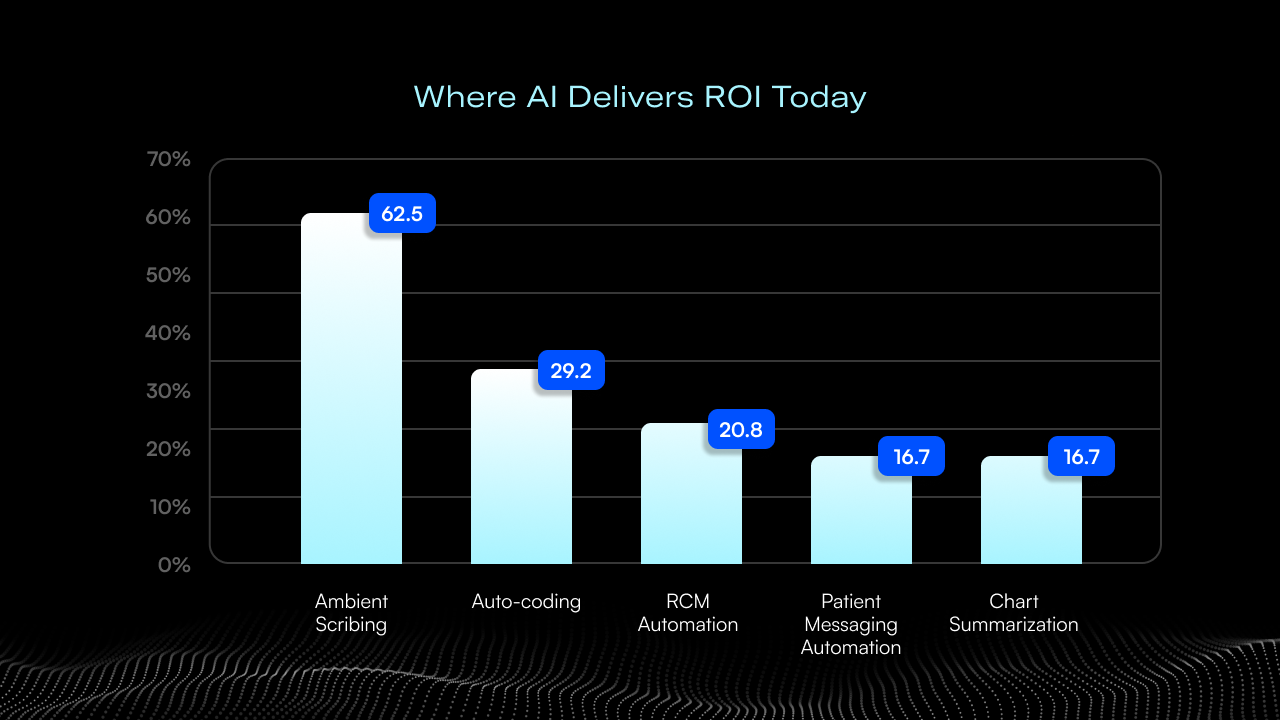


.png)
.png)
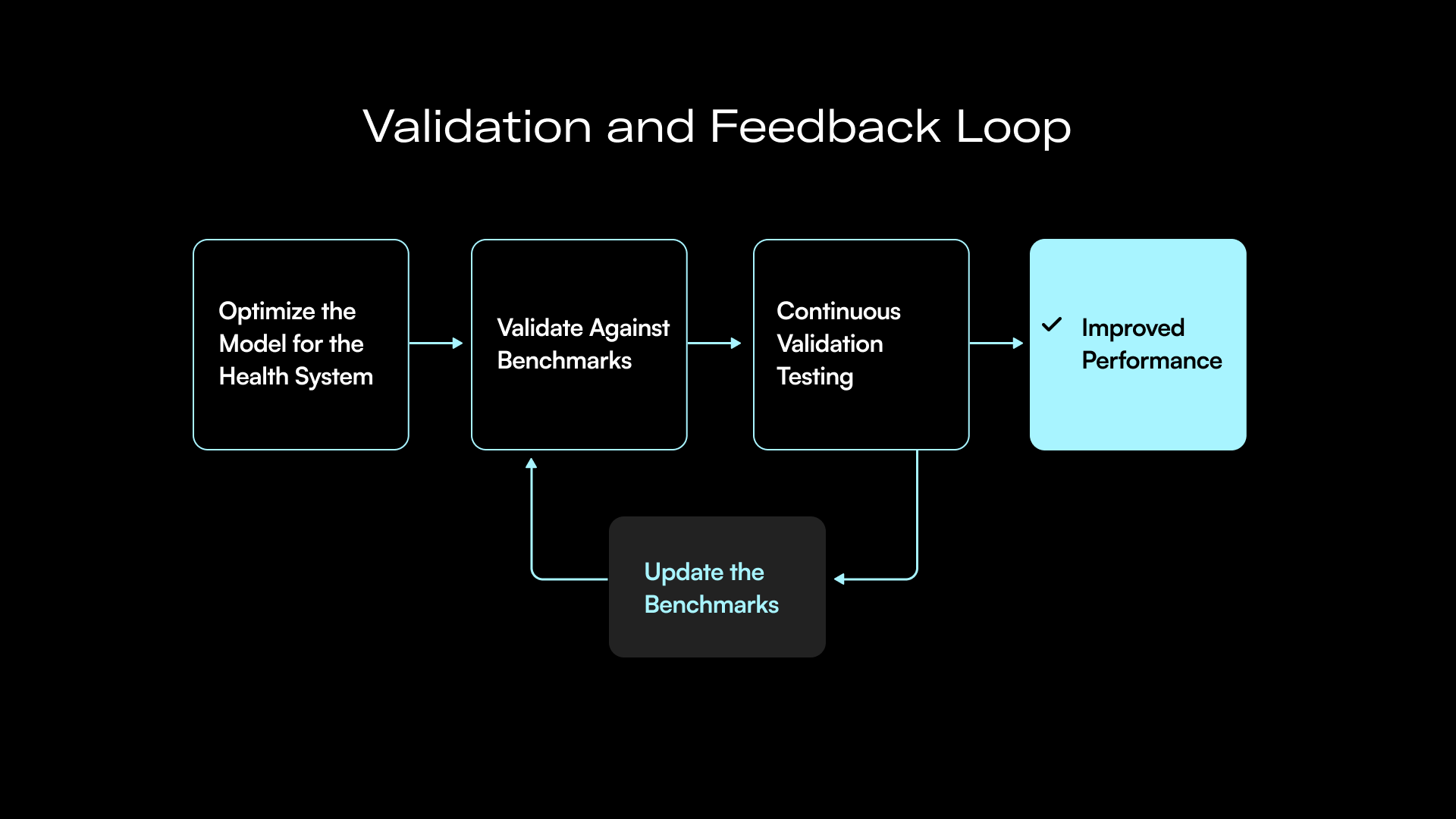
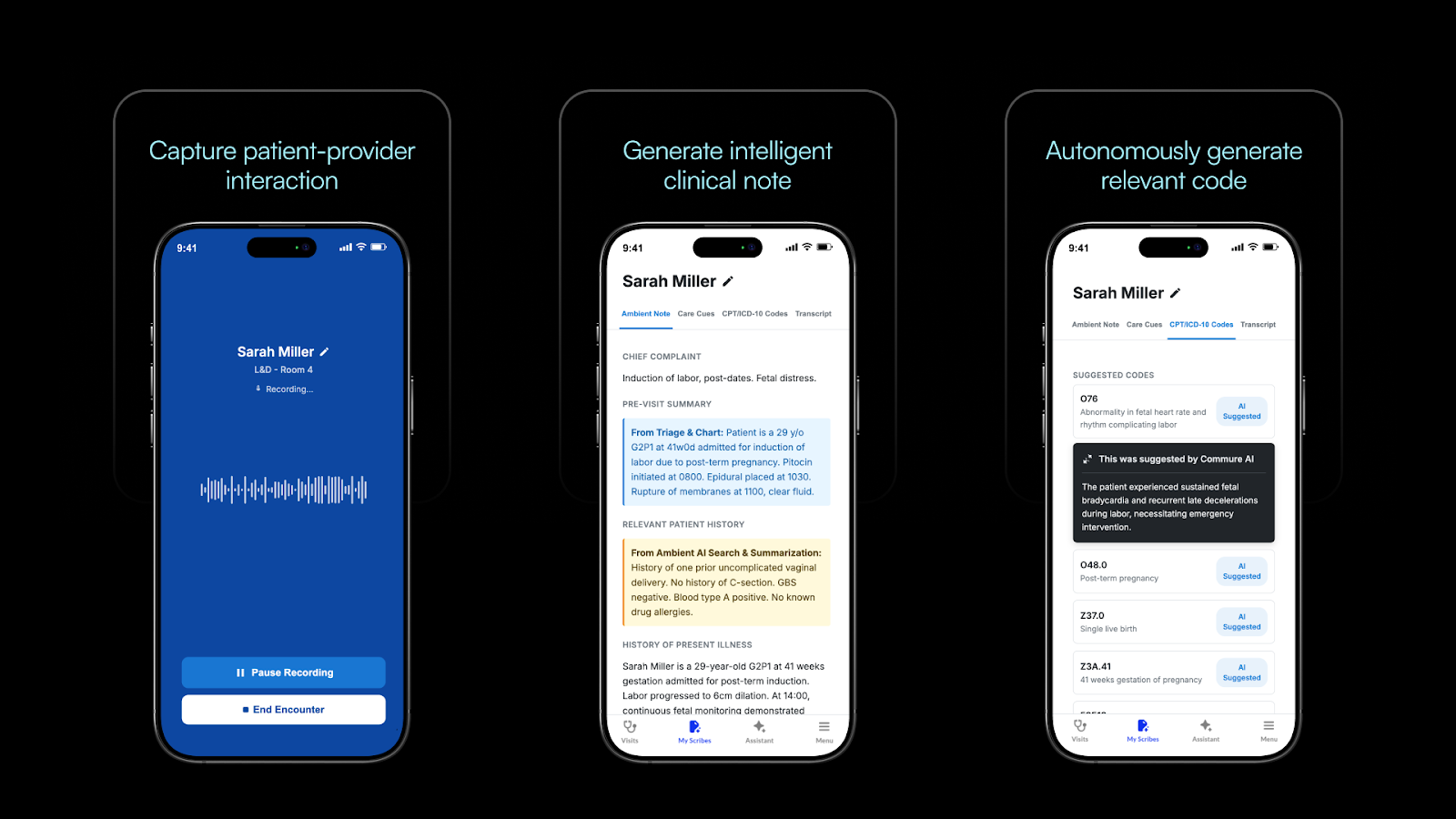
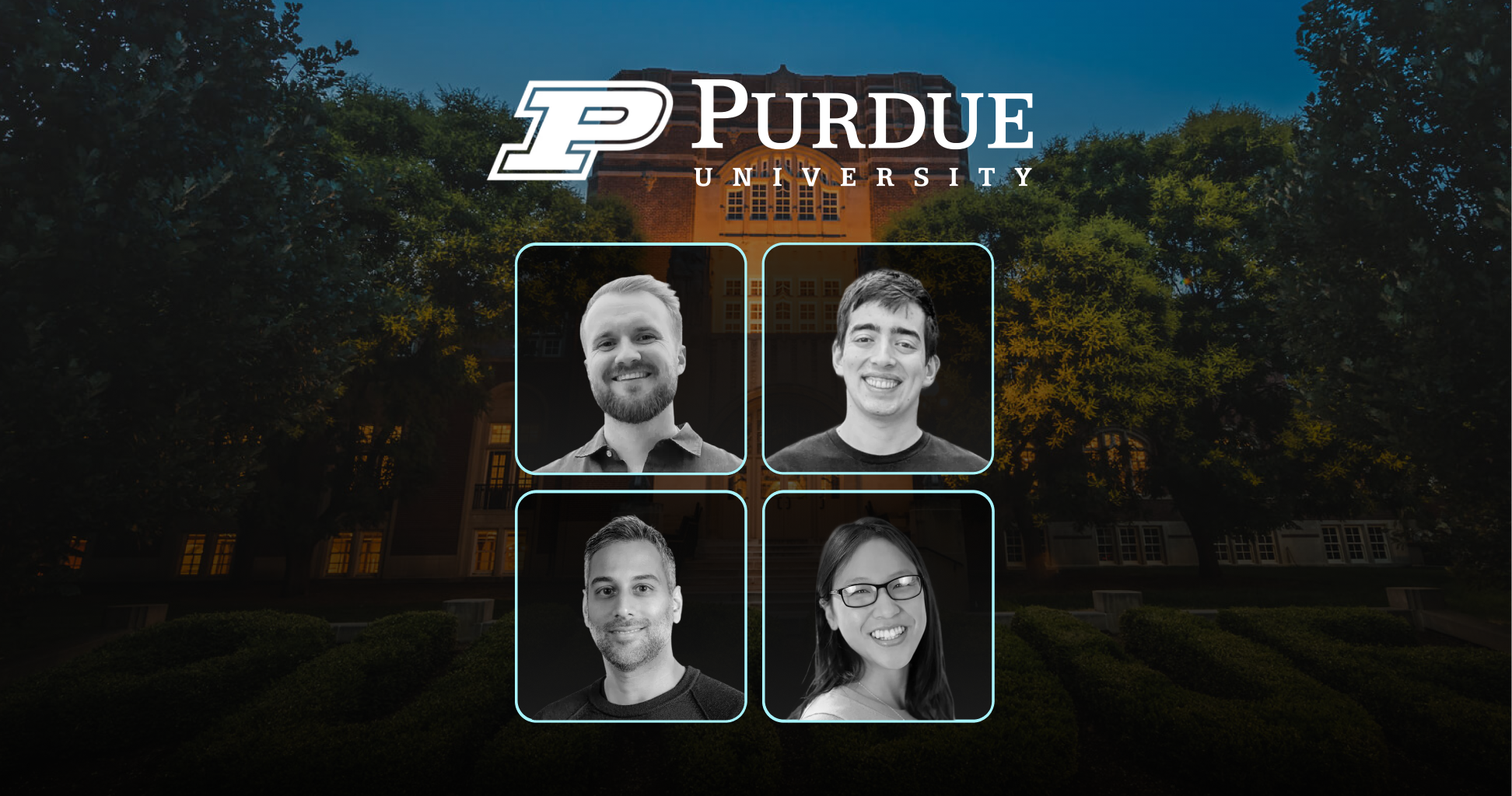
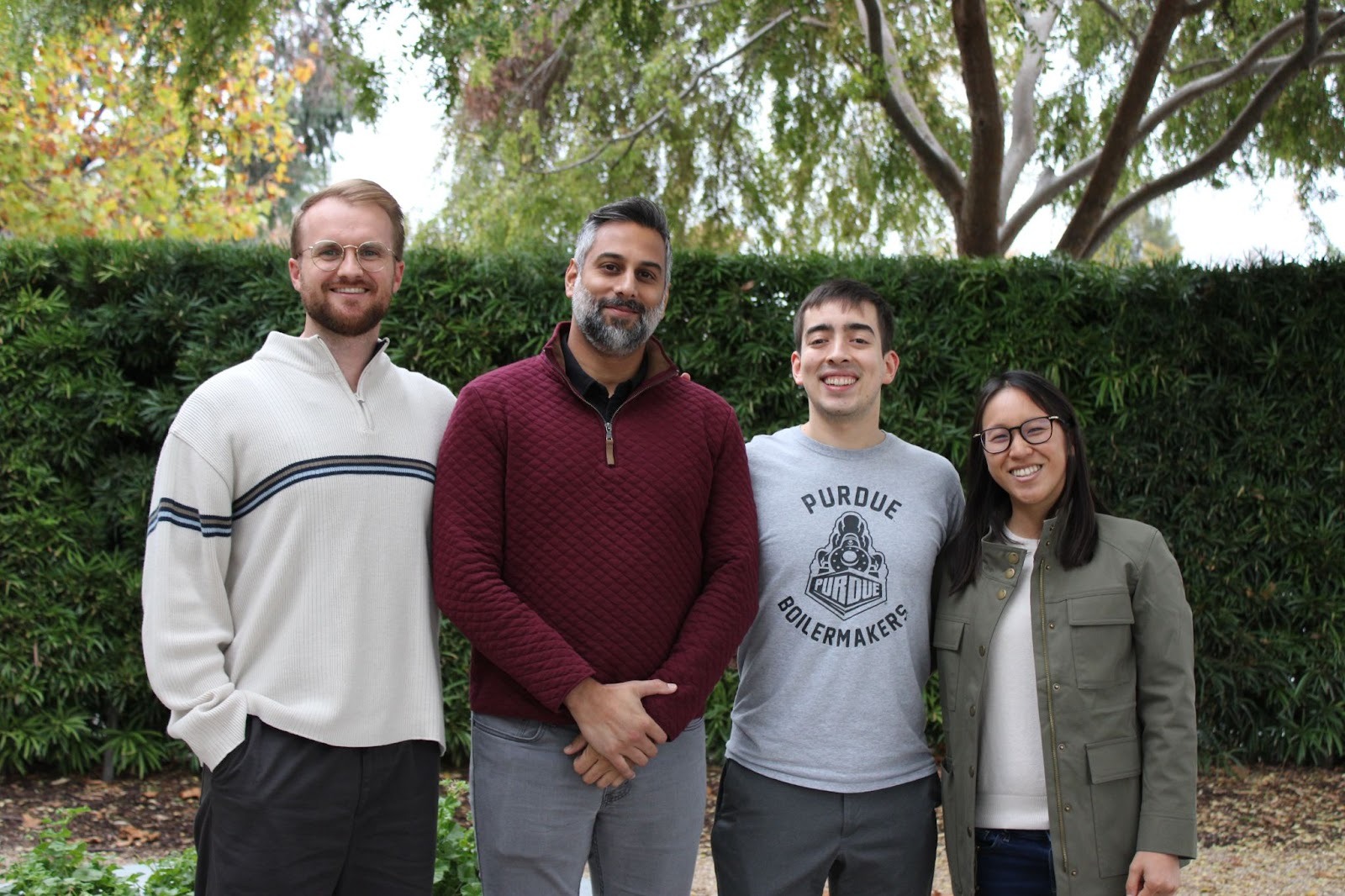

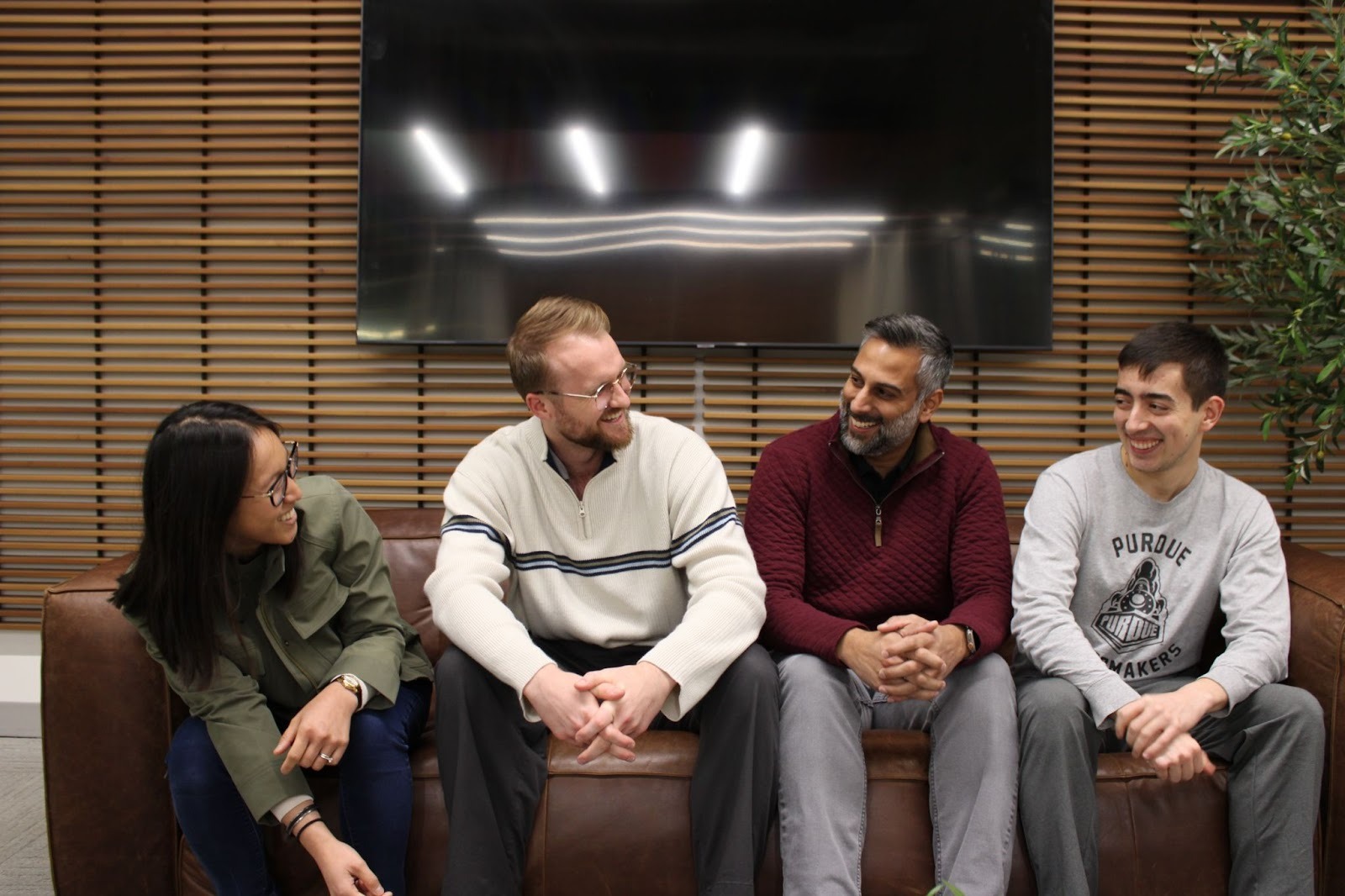


.gif)



%20(1).jpg)
%201.png)
%204.png)
%202.png)
%203.png)